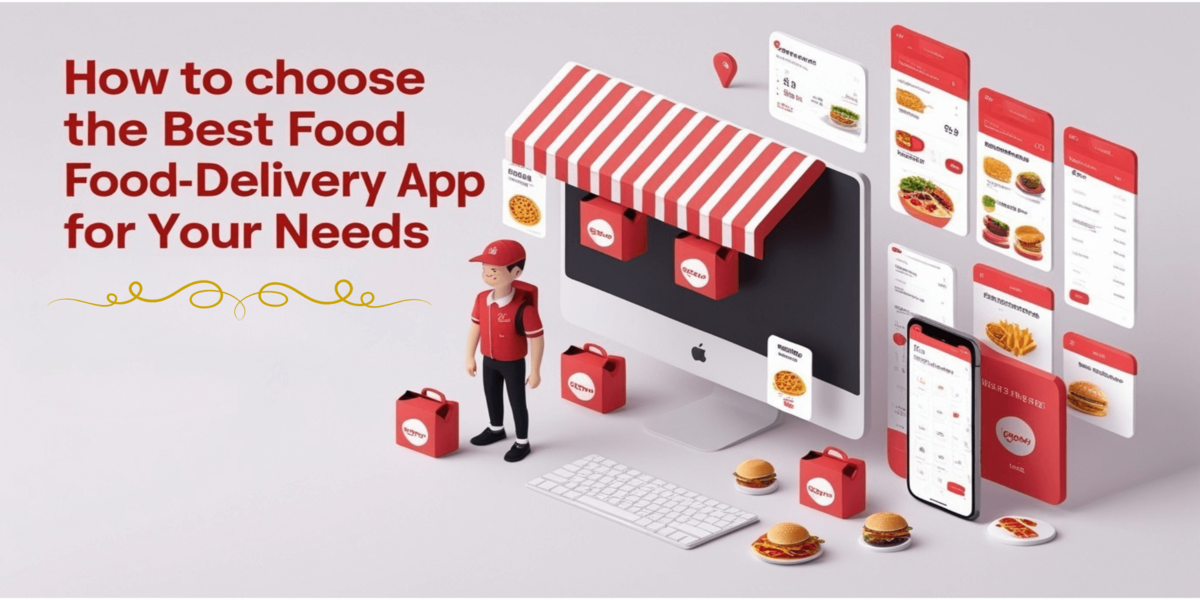What Is a Product Carousel in WooCommerce and How Does It Help Sales?
- By Ali Jaffer
- 23-06-2025
- E-commerce

What is a WooCommerce product carousel?
A product carousel is just a rotating slider that runs on scripts. It shows products in a row that scrolls sideways. It’s made using HTML, CSS and JavaScript. Most of them work with jQuery or similar libraries so the slider runs without needing to reload the page. When the store loads, the carousel pulls live products straight from your catalog.
From the backend, these plugins usually give you a shortcode or block you can drop anywhere. It auto pulls the product info using WooCommerce’s hooks. You don’t need to update stuff one by one unless you change filters or categories. It runs based on what you set and keeps itself updated.
What makes it different from those basic product grids is how it fits more items in a smaller space. Instead of stacking products top to bottom, it runs in a line across. That helps keep pages tighter. Basic plugins allow you to pick which items to show, let you turn the autoplay on or off, and choose whether an arrow or a swipe moves the slider.
Product carousels that generally run on AJAX update things such as price tags, items count, or sale badges without needing to reload the page. That takes off extra load from the server and keeps things quicker. The better ones also fit different screens so they adjust on mobile or tablets without breaking layout.
To put it plain, a WooCommerce product carousel shows your products in a slider that updates on its own. It runs with your theme and WooCommerce setup in the background. Once it’s set the right way, you don’t gotta do more dev work. It just keeps showing your items live and scrollable.
Key Reasons Stores Use WooCommerce Product Carousels
A WooCommerce product carousel isn't just about design. It’s used by stores because it solves real layout and shopping problems. Storefront space is limited, and not every product can fit in a regular product grid. Carousels help display more products in less space without making the page feel heavy.
Here are a few solid reasons why stores use product carousels:
- Showcase specific product types: Stores put carousels to show stuff like top sellers, latest products, or discounted items from one category at a time. It helps push certain products by deciding what shows up first, so more people click on those.
- Get more products in front of shoppers: Instead of loading extra product pages, carousels let users scroll through items on the same screen. That keeps them on the page longer and makes them explore more products without even thinking about it.
- Support for mobile shopping: Since users scroll on mobile with swipes, a WooCommerce product carousel makes it easier to browse on smaller screens. It works better than long stacked product lists that make the page too long.
- Cross-sell and upsell opportunities: You can add related items or “You might also like” carousels under the product or cart page. That helps raise order value without being pushy.
- Focus on urgency and fast-moving items: If you’ve got a few hot products you want to push, add them to a featured carousel right on the homepage. Shoppers see them first and are more likely to check them out before leaving.
This layout also supports faster decision-making. Instead of digging through categories, shoppers get a quick preview of items. And when it’s easier to browse, more sales happen. A properly set up WooCommerce product carousel doesn’t just look good—it helps your store convert better.
Where to Place Product Carousels for Best Results
Using a WooCommerce product slider the right way depends a lot on where you place it. It’s not just about adding it anywhere on your site. If you place it wrong, people miss it. But if it shows up where they expect it, they’re more likely to check out the products and maybe buy.
Here are common spots where stores add product carousels:
- Homepage: This one’s used the most. Stores usually place carousels near the top of the homepage showing featured or new products. It’s the first thing visitors see so it gets the most clicks.
- Below product details: When someone’s viewing a product, showing a carousel of related or similar products underneath helps with cross-selling. It also keeps them browsing without going back.
- On the cart page: You can show products customers might’ve missed. A “You might also like” carousel near the cart can push last-minute add-ons before checkout.
- Category or shop pages: Carousels work well for showing trending or top-rated items inside categories. It saves space but still highlights what’s popular.
- Pop-ups or banners: Some stores add product sliders inside timed pop-ups or floating banners, especially during sales or special events. But use this carefully, too many pop-ups turn people away.
Now, out of all these spots, the homepage is still the top place to add a WooCommerce product slider. People land there first, so putting carousels right on top helps guide their shopping path early. You’re not waiting for them to search or dig deep. They see what you want them to see straight away.
Features to Look for When Choosing this Plugin
When picking a WooCommerce product slider, you shouldn’t just go for the first one you find. What matters is whether it actually gives you control over how products show up and how people interact with them. If a carousel just slides and looks pretty but you can’t change anything else, it’s not gonna help.
These are the key features you should be checking for:
- Shortcode Support: You need to be able to place the carousel wherever it fits your store. A good plugin gives you shortcodes so you can add it inside pages, product sections, or even custom templates without any fuss.
- Multiple Product Types: You want to show featured products, sale items, or specific categories. The plugin should let you choose what type of products go inside the carousel.
- Autoplay and Slide Controls: Autoplay helps show products without clicks. But controls like speed, pause, or stop on hover matter too. It should work on both desktop and mobile without bugs.
- Sorting and Filtering: A strong plugin lets you sort products by popularity, date, rating, or price. This helps you display items that are more likely to sell.
- Custom Styling Options: The ability to change font size, colors, button style, and how many products show per row—this matters for making sure the slider fits your site layout.
- Mobile Responsiveness: If it looks off on phones or doesn’t scroll right, people leave. A good carousel adjusts to screen sizes properly with no extra setup.
- Lightweight and Fast: No one wants a product slider that slows the page down. It should load fast and run smooth without making the store lag.
Conclusion: Make Your Products Stand Out and Get More Clicks
If your store’s product layout feels flat or hard to browse, then a WooCommerce product carousel might be what’s missing. It lets you take control of how your products show up. You can highlight best sellers, show offers up front, and keep things moving on screen without needing visitors to scroll too much.
Carousels don’t just make your site look better—they help guide customers where you want them to go. With the right settings, you can get more eyes on products that actually convert. You don’t have to overthink the setup either. Just pick a plugin that gives you control over sorting, layout, and speed. Make sure it fits your store’s structure and works on mobile too.
In the end, it’s about showing products in a way that gets attention without making visitors do more work. That’s where product carousels help. They keep things clear and focused. If you want more clicks, better navigation, and less drop-off, then it’s worth adding the right WooCommerce product carousel to your store layout.


.jpg)

.jpg)
